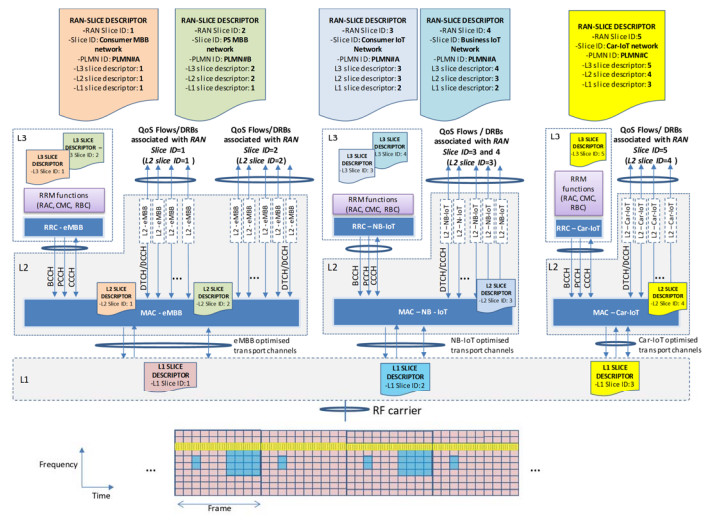Network slicing is a fundamental capability for future Fifth Generation (5G) networks to facilitate the cost-effective deployment and operation of multiple logical networks over a common physical network infrastructure in a way that each logical network (i.e. network slice) can be customized and dimensioned to best serve the needs of specific applications (e.g. mobile broadband, smart city, connected car, public safety, fixed wireless access) and users (e.g. general public, enterprise customers, virtual operators, content providers). The practical realization of such capability still raises numerous technical challenges, both in the Core and RAN parts of the 5G system. Through a comprehensive analysis of the impact that the realization of RAN slicing has on the different layers of the radio interface protocol architecture, this article proposes a framework for the support and specification of RAN slices based on the definition of a set of configuration descriptors that characterize the features, policies and resources to be put in place across the radio protocol layers of a next-generation RAN node.
Radio protocol stack view of the RAN slicing configuration
Source:
